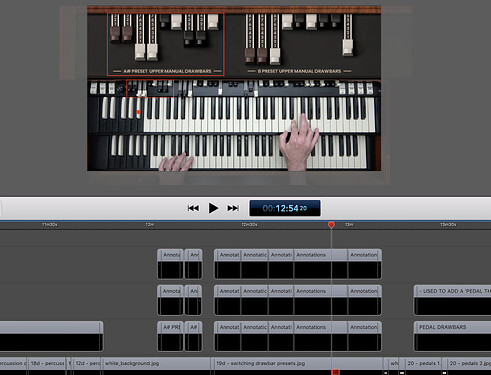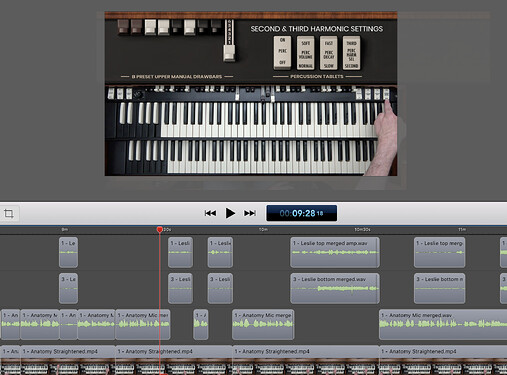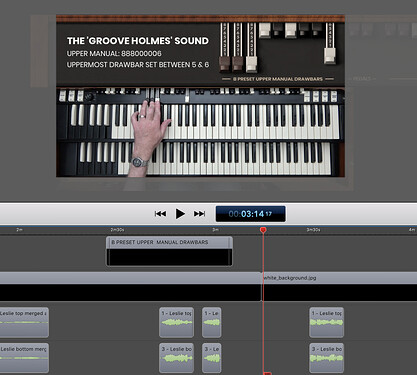And here I am again. I’ve been listening to this album over and over for several months now. It’s so very fine. Earfood ( (2008) by Roy Hargrove is an album that sounds like those great discs from the 50’s/60’s. And Gerald Clayton on keys is spectacular. You’ll have your favorites, but with this album, you’ll mark just about every tune. Check it out, especially the second video. Here are two cuts:
Continuing the discussion from What Record Are You Listening To Today?:
My favoriteś are Dr Don Shirley, Diana Krall, and relaxing coffee jazz piano. Look them up on you-tube. The files are to large to send. Enjoy.
Dr. Dean
Discover this album from Medeski just two years ago… love it too, efficient groove on simple melody line …the whole album is in same mood. Funky stuff
Ye nice discovery
Makes me remember about one of my old favourite of Mingus. “Three or four shades of blue”
Just found this keeper, But Beautiful (SteepleChase, 1991), a duet with Kenny Barron and Joe Locke. The title song is, well, beautiful. ![]() But seriously, this one might be added to the list of songs to cover in the lessons here. The whole album is worth a listen for the interplay between these two. It’s almost like they’re singing.
But seriously, this one might be added to the list of songs to cover in the lessons here. The whole album is worth a listen for the interplay between these two. It’s almost like they’re singing.
And just to sort of nudge the interest in the organ, how about this from Melvin Rhyne, “I Wish I Knew” from Kojo (2009) with Peter Berntein (guitar) and Kenny Washington (drums). ![]()
Thanks Scott, have you heard the duo record Kenny Barron w/ Stan Getz?
The record is called ‘People Time’, I think one of the greatest piano duo recordings, and they play ‘But Beautiful’ as well,
Great to study for different ways to accompany behind a soloist.
Here link to one of the tracks:
Thanks for that Tuomo! I’ll give it a listen. As you said, the different versions are “[g}reat to study . . . different ways to accompany behind a soloist.” I just finished the comping lessons and was looking for good examples to share. I came across this with Barron and Locke, but as a duet, I guess it’s comping, but somehow somewhat different. As another brilliant example of comping, I think of Sonny Clark’s “Cool Struttin’.” His solos aren’t bad either. ![]()
Hi Scott. Tried to watch and listen to (But beautiful) the video but said it was unavailable. Is the issue at my end? Same with Tuomo’s video above.
This video above this messsge worked ok
If neither of the videos work, I think it’s at your end. But I honestly can’t tell you for sure.
Yes unfortunately if you are seeing that message, it means those videos/recordings are not available in the country/region you are in.
Certain videos/recordings on YouTube are not accessible in all regions and countries of the world.
This is usually due to licensing.
YouTube partners with the music publishers through an ad revenue sharing scheme. This allows us to access lots of great music on YouTube and the publishers receive royalties from the ad revenue. However, sometimes there are restrictions on the countries where the video/music can be streamed.
Here’s some things you could try:
-
Search for the exact name and artists on an alternate music streaming service such as Spotify. This would be my first port of call.
-
You could also search directly on YouTube and perhaps there may be another version that is available in your region.
Hope that helps!
Thanks Hayden. Will try both ideas  suggested
suggested
Yes, Sonny Clark is totally amazing accompanist!
Cool Struttin’ is a great example of how Sonny keeps the same rhythmic pattern over the whole chorus before changing it.
Consistent rhythm in comping gives a really nice and steady support for the soloist, and helps pianist to ‘lock in’ together with the rest of the rhythm section.
Thanks for sharing!
Ok, so I’m hogging the bandwidth. But I started listening to Veronica Swift’s new album Confessions (2019 Mack Avenue Records) today. It probably belongs more in the vocal section–where I’ve posted some of her stuff–but the piano work here is incredible. Most is recorded with the Emmet Cohen trio, but there are three cuts with Benny Green. Whatever, there is some very fine piano work here. I stay up late and listen to lots of stuff every night. I think this album might figure as one of the best of 2019. It’s amazing that she’s only 25. Here are two tunes. The second is an original, I believe. I posted it in the vocal section before, but I repeat it here for those that may not visit the other section. Enjoy!
Just came across The Banger Factory (2019) by Mark Kavuma. He’s a 20-something Ugandan trumpet player working in London who’s performed with Wynton Marsalis at Lincoln Center. The players are all London-based and perform in various different groups. The album is attributed to him as the composer. It’s obvious that he’s in the Blue Note ensemble tradition. I find it interesting how he incorporates the Hammond organ mostly in the background. It sort of reminds me of the classic Boss Tenors in Orbit, Gene Ammons and Sonny Stitt + Organ (1962). The plus organ was Don Patterson. Great billing, eh? At any rate, here’s a tune. I’d recommend checking out the entire album.
Hayden’s introduction of the Hammond organ section is timely. Apparently, the tradition of the organ trio is alive and well. Blue Note just released James Carter Organ Trio – Live From Newport Jazz on August 30. It’s Carter’s first album in eight years. With Gerard Gibbs on the B3, it’s a really fine recording. Interesting that all the tunes are based on the music of Django Reinhardt. This cut starts off with a funky riff from Bill Withers, and then moves on. Enjoy. 
I’m well under way with editing the Hammond organ course and it’s looking great.
Here’s a tune that Robert uses to demonstrate the features of the Hammond throughout the first lesson. Such a great groove:
Jimmy Smith - “Back at the Chicken Shack”
Here’s a few screenshots of the organ tutorial layout for those interested - I’m sure @scott1 will be:
This is one of the organ-specific lessons. However, the other lessons in the course cover topics such as walking bass, comping, and improvisation which are equally applicable to our piano students.
The theoretical lessons will include in-video notation, whereas the above lesson is explaining the anatomy of the organ and the myriad of controls and settings and so it is more graphic-based.
Walking bass is central to playing the organ and so there are lots of great tips on that topic in particular.
Take a listen to Jimmy Smith’s walking bass lines in the lesson above. Amazing stuff! ![]()
I am indeed! I’ve been pretty content sticking with the Roland RD-2000 piano(s) for some time, but when this course is launched, I’ll be splitting my time between the organ and piano. Great to see that Robert not only starts with Jimmy Smith (obviously), but also references Groove Holmes in the first lesson. Looks promising. 
Here’s one of the most listenable new albums I’ve come across in some time. It’s Hendrik Meurkens’ Cobb’s Pocket (2019) with Peter Bernstein, guitar; Mike LeDonne, organ; Jimmy Cobb, drums. Meurkens is new to me, but apparently he’s considered one of the best jazz harmonica players in the world. A vibraphonist major at Berklee, he heard Toots Thielemans and took up the harmonica. He also spent some time in Brazil in the 80’s and has done a lot with samba and bossa nova. You can find many videos of him playing vibes and harmonica in various settings. At any rate, here’s a video that is a sampler of the new album. His version of Mancini’s “Slow, Hot Wind” is amazing. (The video that follows is his version of “My Foolish Heart,” if you’re interested.)












